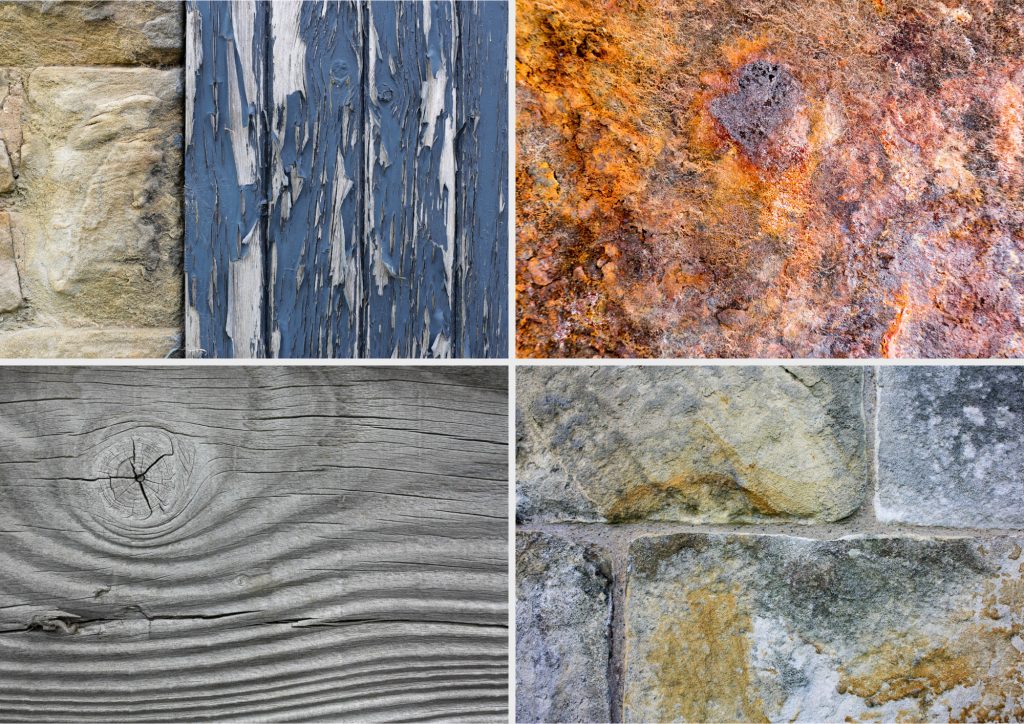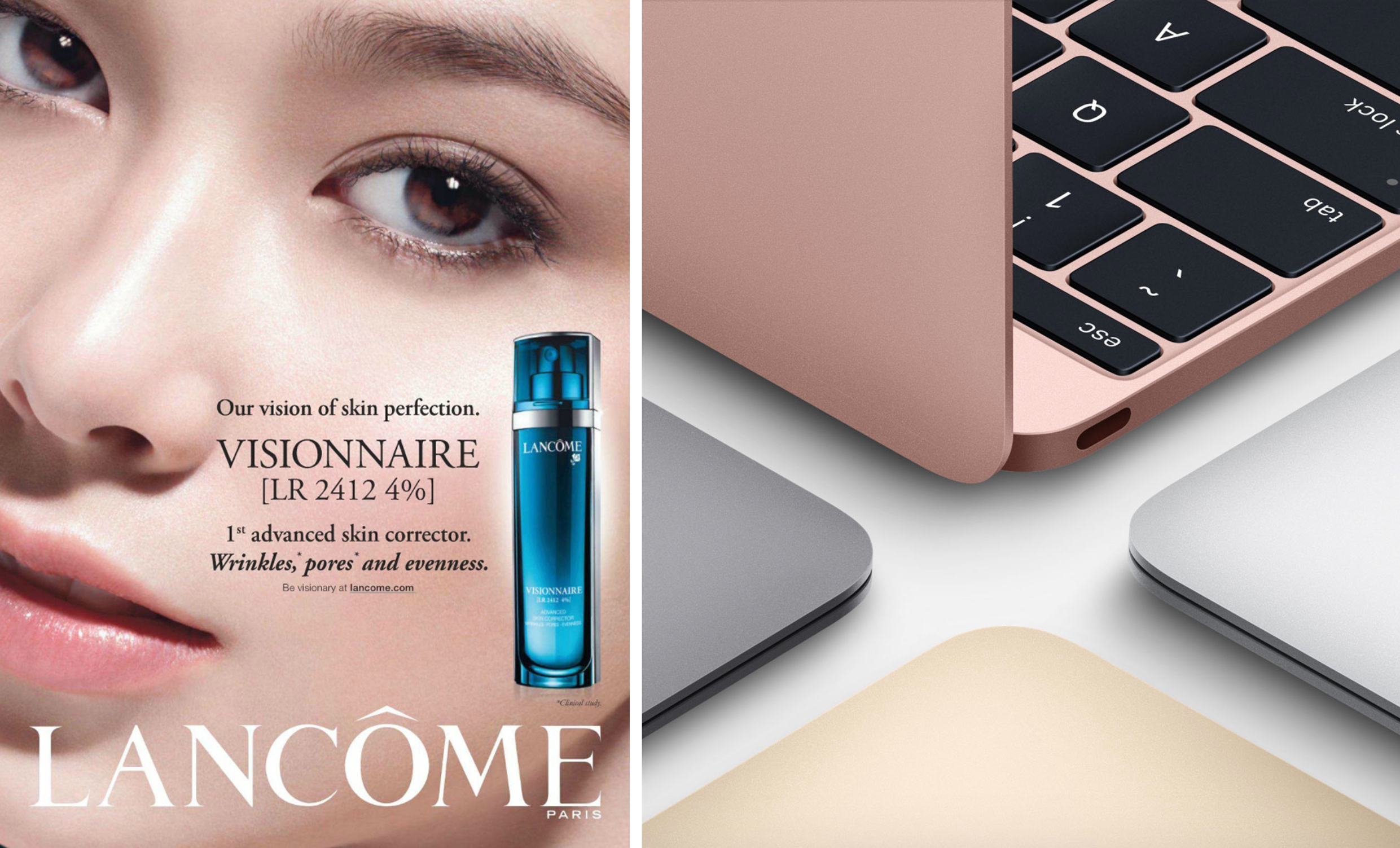Degrowth: Oslo Architecture Triennale 2019
We have been selected to exhibit our work on material change at the Oslo Architecture Triennale! The theme for the 2019 triennale is degrowth. From the website: “Oslo Architecture Triennale 2019 will challenge the supremacy of economic growth as the basis of contemporary societies and investigate the architecture of alternatives. The chief curators of the Nordic region’s largest architecture festival are inviting architects, urban practitioners and citizens to explore the architecture of a new economy in which human and ecological flourishing matter most – the architecture of Degrowth.”
In our proposal we asked: “What would the materials through which we experience the man-made world around us look and feel like if they were not chosen by designers seeking to maximise economic growth and profit for their clients? How would we clad our buildings, pave our streets and encase our toasters if our goals were longevity and an enduring, caring relationship with our possessions?”
Our work provides a counterpoint to ‘smart’, digital visions of the future, which are predicated on consumerist models contriving to sell the latest technology, rather than on long term interest in citizens and their environment. We believe that an appreciation of durable materials and the unique, complex surface patina that develops over decades or centuries provides an opportunity to create a sense of place, a connection between people and the buildings, spaces and objects with which they interact, and engender a desire to care for and maintain the material world, whether or not objects are owned or shared, and whether places are public or private.

Beautiful degradation

 Our paper titled “Skin deep: perceptions of human and material ageing and opportunities for design” has been accepted for presentation at EAD2019, the 13th International Conference of the European Academy of Design, which will be held in Dundee in April 2019 (https://ead2019dundee.com). The paper was written by Ben Bridgens and Debra Lilley in collaboration with Hannah Zeilig and Caroline Searing at the London College of Fashion.
Our paper titled “Skin deep: perceptions of human and material ageing and opportunities for design” has been accepted for presentation at EAD2019, the 13th International Conference of the European Academy of Design, which will be held in Dundee in April 2019 (https://ead2019dundee.com). The paper was written by Ben Bridgens and Debra Lilley in collaboration with Hannah Zeilig and Caroline Searing at the London College of Fashion.